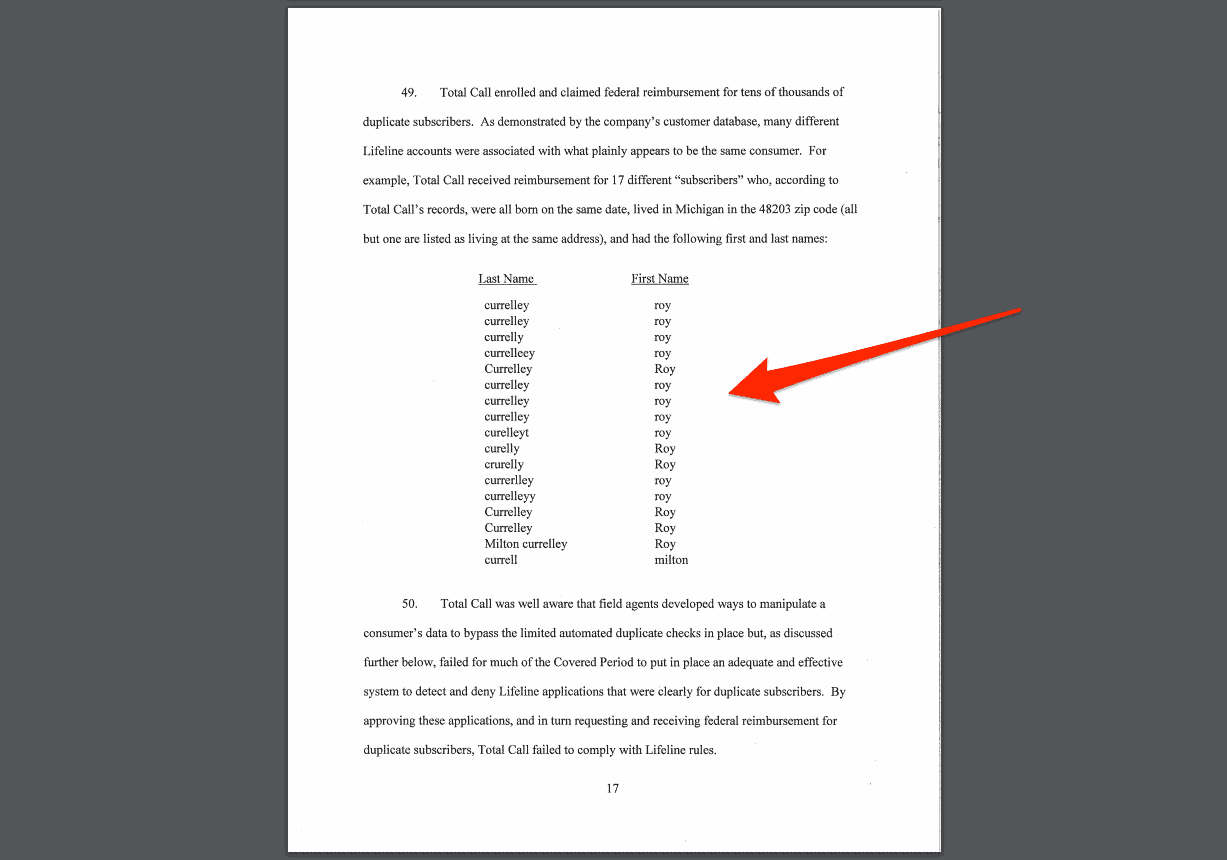Ironically, the government subsidy program they’re exploiting is called “Lifeline.”
There’s a house in southern California with 10,000 residents.
The people that live in this house have a lot of similarities — in fact, most of them share the same name, age, and birthday.
But the most important thing they have in common is that every single one of them has a free subsidized phone plan from a telecom company called “Total Call Mobile.”
Every month, that company collects $9.25 per registered customer in government handouts through the “Lifeline” program. Lifeline is designed to help low-income Americans get phone and Internet access — but in practice, much of that money seems to mysteriously find its way back to telecom pockets.
Following the Money Trail
Not suspicious enough, apparently. Total Call Mobile got away with fraud like this for at least four years before finally landing in court in 2016. As it turned out, many of their “subscribers” had been dead for years before getting signed up. Many others were made up entirely, or duplicated from existing subscriber records.
It took an audit that revealed 99,703 of these “cloned” subscribers to trigger legal action….By which point the third-party master agents doing the actual “selling” were probably sailing away on yachts. Why be the Wolf of Wall Street when you can be the Puma of the Projects?
Even the company’s internal marketing manager agreed that the situation was out of control, as shown in this email published with the investigation:
“I have never seens so many blatant ways of ripping us off. No question that these guys [ sales agents ] did not train their crew properly… F***ing ridiculous guys.”
According to court records, Total Call Mobile scammed nearly $10 Million out of the FCC’s Lifeline program before getting nailed with a lawsuit in 2016.
They were ultimately fined $30 Million and landed a permanent ban from Lifeline. Existing legitimate low-income customers were transferred to enTouch Wireless.
$137 Million in Lifeline Payouts Can’t be Accounted For in 2017 alone
Are you a journalist or researcher writing about this topic?
Contact us and we'll connect you with a broadband market expert on our team who can provide insights and data to support your work.
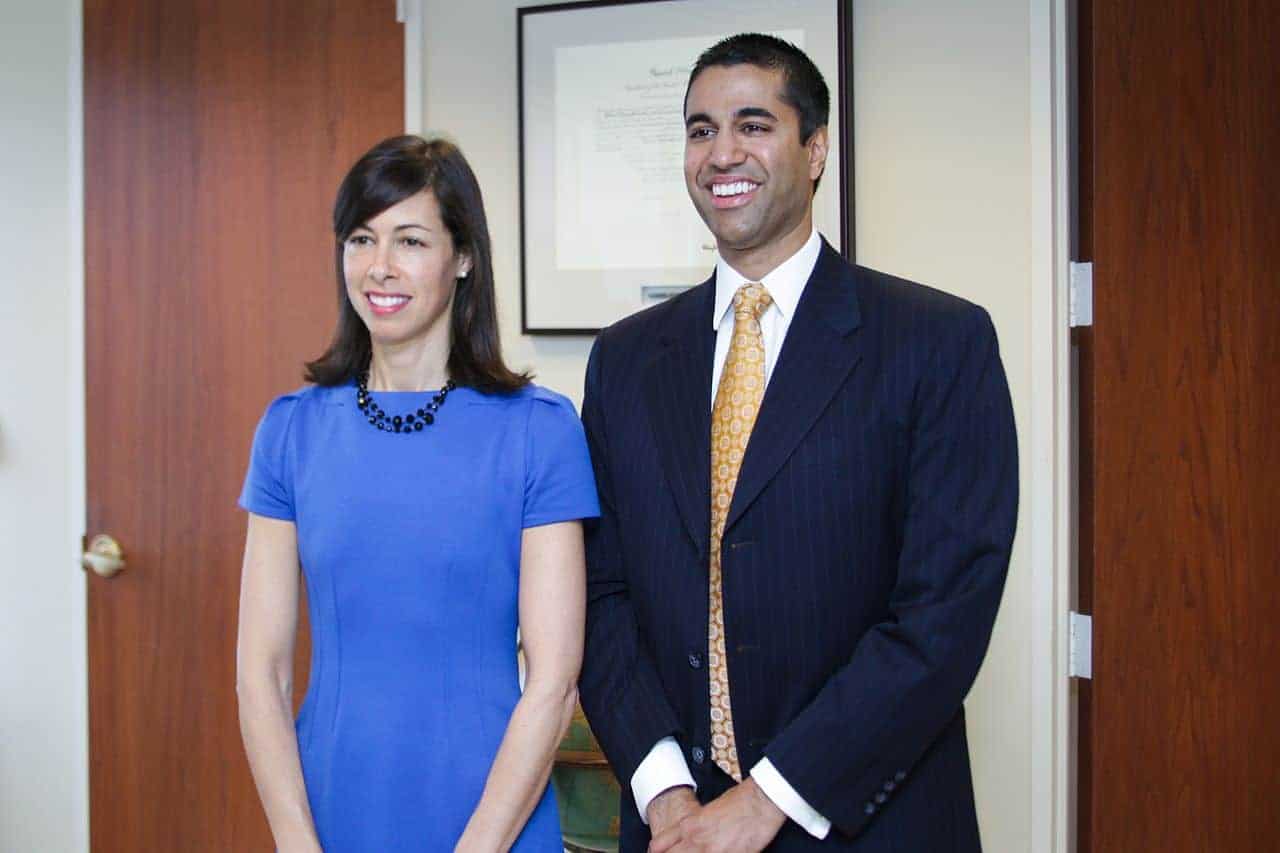
Unfortunately, this particular telecom is just part of the picture. A new statement from FCC Chairman Ajit Pai suggests we’re currently losing $137 Million annually to loopholes just like this one.
His claim is thoroughly supported by a watchdog report from the United States Government Accountability Office (GOA).
Share with your friends
How the Lifeline System Works
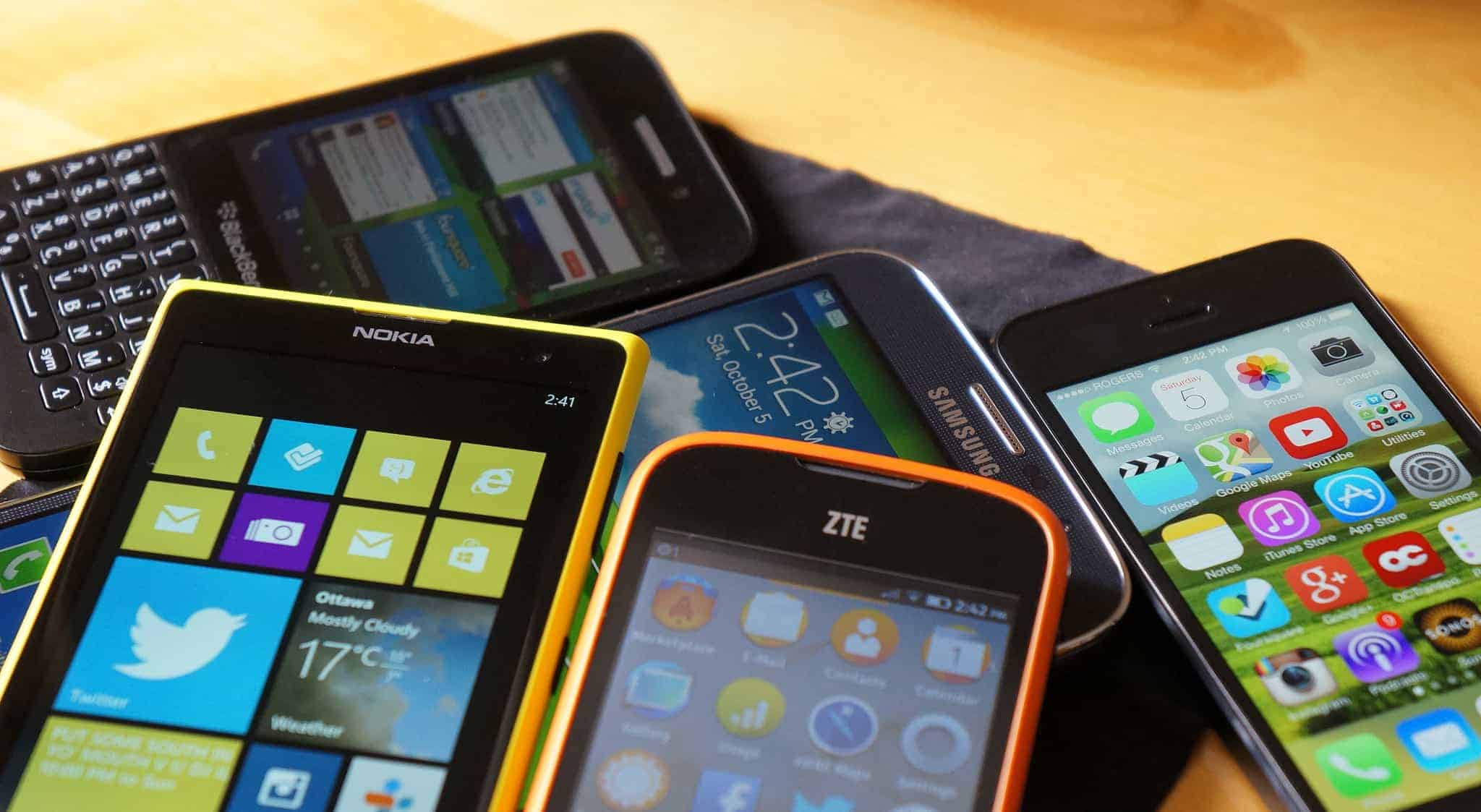
Although free data and Internet is a recent addition as of 2016, the Lifeline program has actually been around since 1985.
The purpose of the program was to connect discount phone service for low-income Americans, creating a communication “lifeline.”
Plans are usually basic, but are sufficient for basic needs like employment, family contact, and emergencies. (Lifeline has also been expanded to include Internet services through an additional application process.)
Lifeline isn’t funded by taxes. It’s Funded by Hidden Fees.
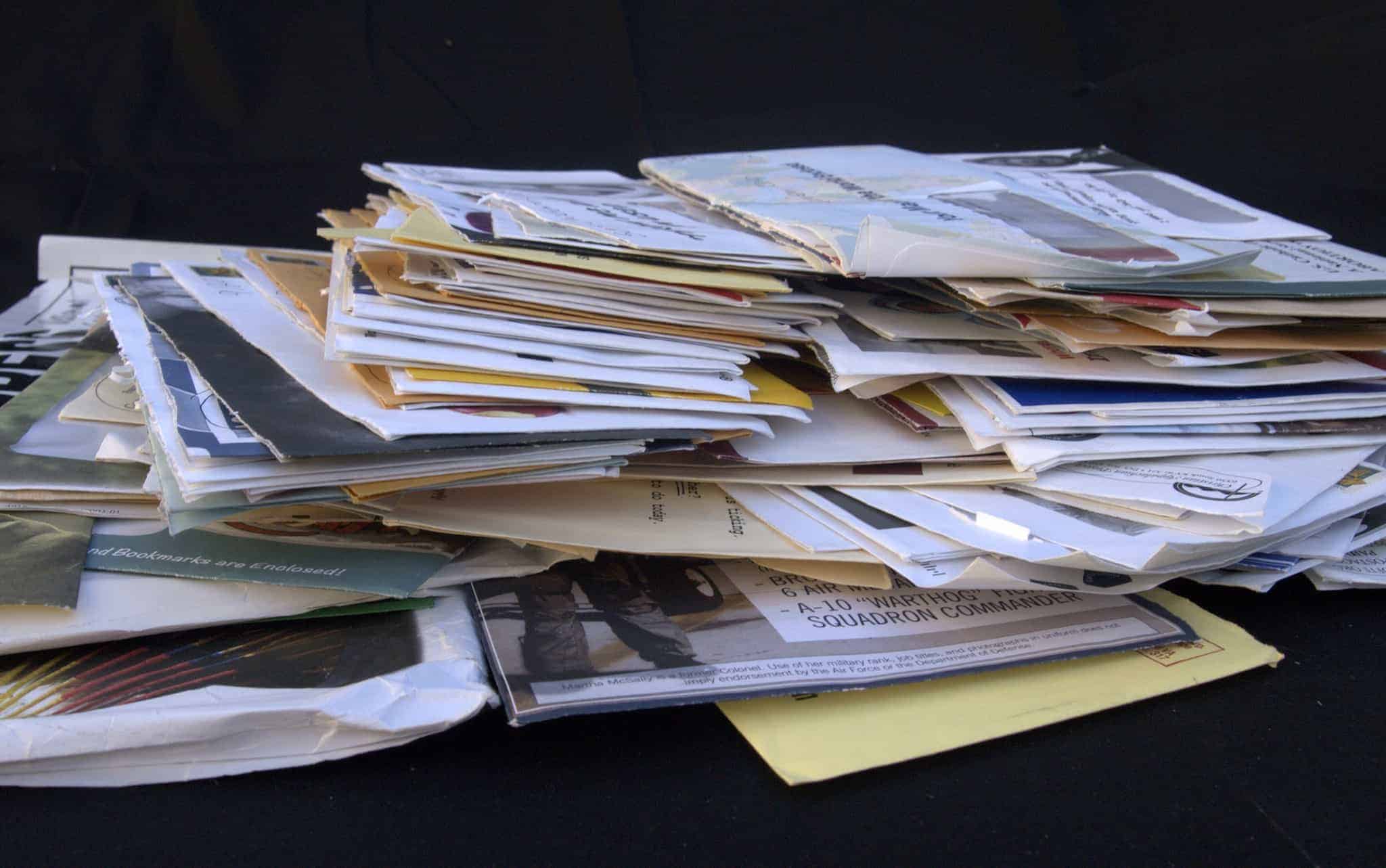
Where does the money come from? Actually, it comes directly from telecom companies themselves, who are required by the FCC to contribute a percentage of their revenue to the “Universal Service Fund” each quarter.
Rather than pay the tab, most telecom companies simply tuck a “Universal Connectivity Charge” into the fine print of your monthly bill, effectively passing the cost down to consumers. This fee is usually listed alongside required state taxes and other miscellaneous fees in an apparent attempt to doll it up like a government requirement.
The Universal Service Fund totaled $1.8 Billion in 2016, and also supports other public-good programs such as Rural Health Care, E-Rate for schools and libraries, and the Connect America Fund.
Where The Government goes wrong: lax oversight by the USAC and FCC
The collections and distribution of the Universal Service Fund for all these programs, including Lifeline, is overseen by the Universal Service Administrative Company (USAC), an outside nonprofit chosen by the FCC.
Eligible Telecommunication Providers (ETCs) register with the USAC to provide Lifeline services. Once approved, they can get around $10/month for every low-income customer they sign up… and as much as $25/month for customers who live on Tribal lands.
Eligible customers are required to be at or below 135% of the Federal Poverty Guidelines, or already be participating in programs like Tribal assistance, Medicaid, or Food Stamps.
Where Telecoms go Wrong: High-Pressure Sales Agents
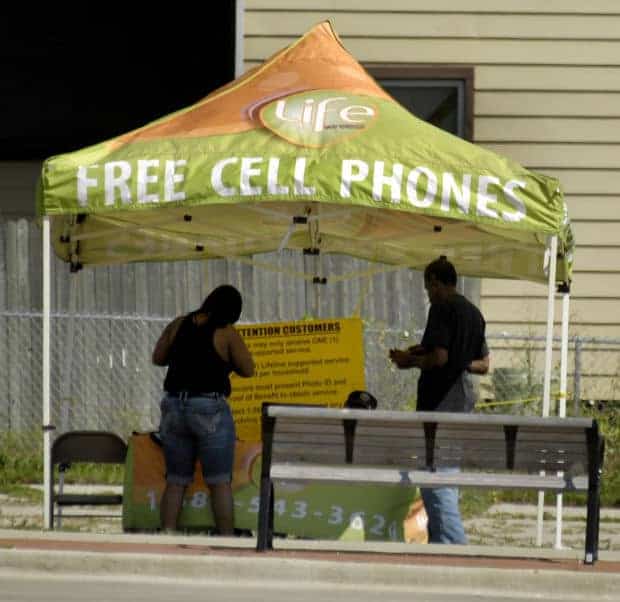
The final, and perhaps most important, part of the puzzle: master agents and field agents. These are the third-party companies that do the actual selling in low-income areas.
Master agents are generally paid a set rate per sale, and sub-contract out the face-to-face selling to field agents, who take home a percentage on each sale. Since their pay is directly correlated with how many sales they make, it’s no wonder that they’ll find any loopholes possible to speed up their process.
…And when those loopholes are so big you can fit deceased subscribers and imaginary addresses through it, it’s no wonder we got in this multi-million-dollar mess.
Methods Telecoms Use to Exploit Lifeline

Subscribing ineligible applicants
One of the simplest ways to exploit Lifeline historically has been to simply overlook red flags in applications and sign up customers who don’t meet all (or any) of the requirements.
Over-reporting subscription numbers
Telecoms have been mostly responsible for policing themselves in this system, making it easy to inflate numbers reported from the actual numbers in internal company records.
Duplicating subscriber records
Poor verification processes make it possible for agents to simply duplicate information from legitimate subscribers.
Enrolling deceased or imaginary persons
The GAO report identified 6,378 Lifeline subscribers who were either enrolled or recertified for Lifeline after the date on their death certificate. That adds up to a whopping $58,996.50/year in payouts from deceased customers.
The Incentive Problem: Lifeline will be an exploitation target so long as sellers get kickbacks
No matter how many loopholes the FCC plugs in Lifeline, the core problem still remains: companies have a monetary incentive to sell Lifeline plans.
While fixes to the program currently being carried out under Trump’s FCC are a step in the right direction, sales agents will continue to find ways to milk the system so long as there is money to be made.
Aside from shutting down the program entirely, it’s hard to imagine a situation where this was fixed. One solution floated in press coverage of Lifeline would be to de-incentivize sales and move user recruitment into the nonprofit sector — a large, expensive feat much easier said than done.
Will Overhauling Lifeline Cut Off Needy Customers?
As of this writing, FCC Chairman Ajit Pai has stated that cleaning up spending leaks in Lifeline is a top priority, and that he plans to give most of the policing power on the issue over to states.
Critics of the overhaul plan are mostly concerned that Trump’s FCC might overcorrect in the other direction and wind up cutting off services from legitimate Lifeline users.
This headline from Ars Technica expresses those fears quite succinctly: “FCC to Halt Expansion of Broadband Subsidies for Poor People.”
The inclusion of broadband Internet in Lifeline has been a contentious issue. The concern from consumers here is that making it more difficult for companies to apply for ETC status could make it even harder for low-income Americans to find basic communication services.
Whether or not tighter regulation and increased state power has that effect or not is a drama that will play out over the coming year. Until then, this is what we know:
Share with your friends
Quick Stats
- A single telecom pulled a projected $58,996.50 from 6,378 deceased “subscribers” last year.
- Obscure telecoms have been pulling $1.2 Million annually on behalf of imaginary or deceased persons.
- In 2016, 12.3 million households collected $1.5 Billion in Lifeline benefits.
- Undercover operatives applying to Lifeline found that 2 out of every 3 non-verifiable applications were approved.
- Regulation is expected to increase as broadband Internet was added to the Lifeline program in 2016.
- Telecoms contributed $1.8 Billion to the Universal Service Fund (which funds Lifeline) in 2016, recouping most of this amount through “Universal Connectivity Charges” on consumer phone bills.
- The USAC website displays 1,138 ETCs (Eligible Telecommunication companies) registered to receive Lifeline funds.
- The Universal Service Fund is managed by the USAC and kept in a private bank account.
- The FCC is currently moving the ~$9 Billion Lifeline fund to the U.S. Treasury.

